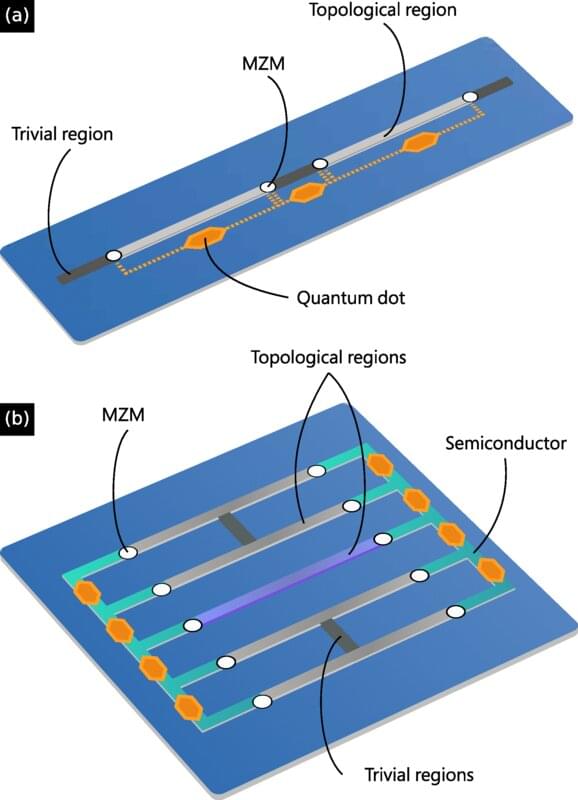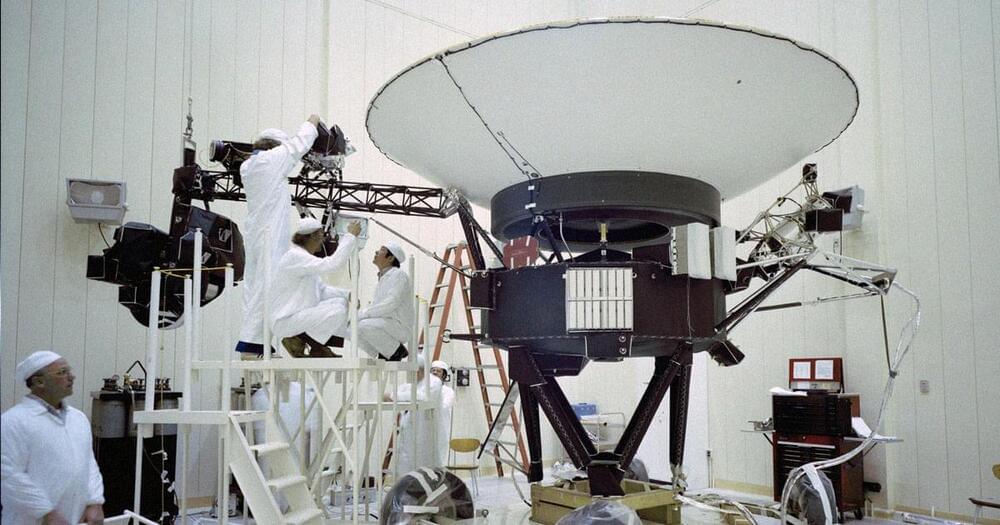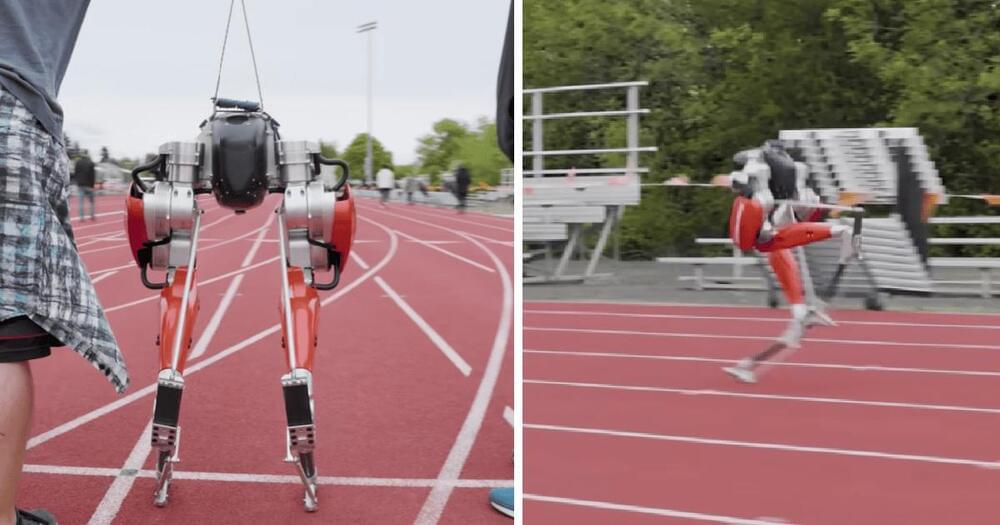A team of researchers at Microsoft Quantum has reportedly achieved a first milestone toward creating a reliable and practical quantum computer. In their paper, published in the journal Physical Review B, the group describes the milestone and their plans to build a reliable quantum computer over the next 25 years.
Physicists and computer engineers are working toward building a reliable, useful quantum computer. Such efforts have been hampered, however, by error rates. In this new effort, the team at Microsoft suggests that quantum computer development is following a trajectory similar to that of traditional computers.
In the beginning, new concepts were followed by a series of hardware upgrades that have led to the machines of today. Likewise, they suggest that while current approaches used to represent logical qubits, such as a spin transmon, or a gatemon, have been useful as learning devices, none of them are scalable. They suggest a new approach must be found that allows for scaling.









